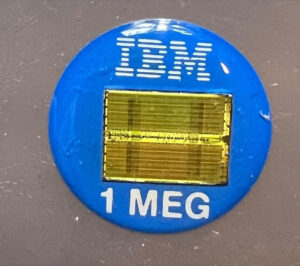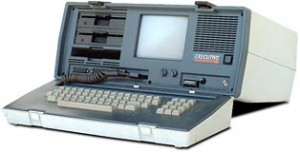Archive for April 18, 2025
First Megabit Chip in Commercial Product
Newspapers report that IBM’s Model 3090 mainframe has become the first commercial computer to use a megabit memory chip, 4 times the storage capacity of the then current generation of 256 kilobit chips. To give context to that amount of storage, it was reported that a megabit chip could store over 1 million bits of data, which translated to about about 100 double-spaced typewritten pages. At the time most personal computers were still using 64 kilobit memory chips.

Osborne Executive Introduced

The Osborne Computer Corporation officially announced the Osborne Executive portable computer, the follow-up to its extremely successful Osborne 1. This is the computer that according to lore, took down the company. Known as the Osborne Effect, the legend is that by leaking the announcement of this computer earlier in the year, dealers cancelled all orders for the Osborne 1, effectively destroying the company’s cashflow and hindering operations going forward. This resulted in the cancellation of the company’s IPO and eventually to bankruptcy.
The reality may not be so simple, but my research shows that the Osborne Effect may have been a contributing cause to the company’s demise, along with the rise of competitors, the introduction of the IBM PC, and mismanagement by the company’s president, brought in by investors to provide “adult supervision”.

